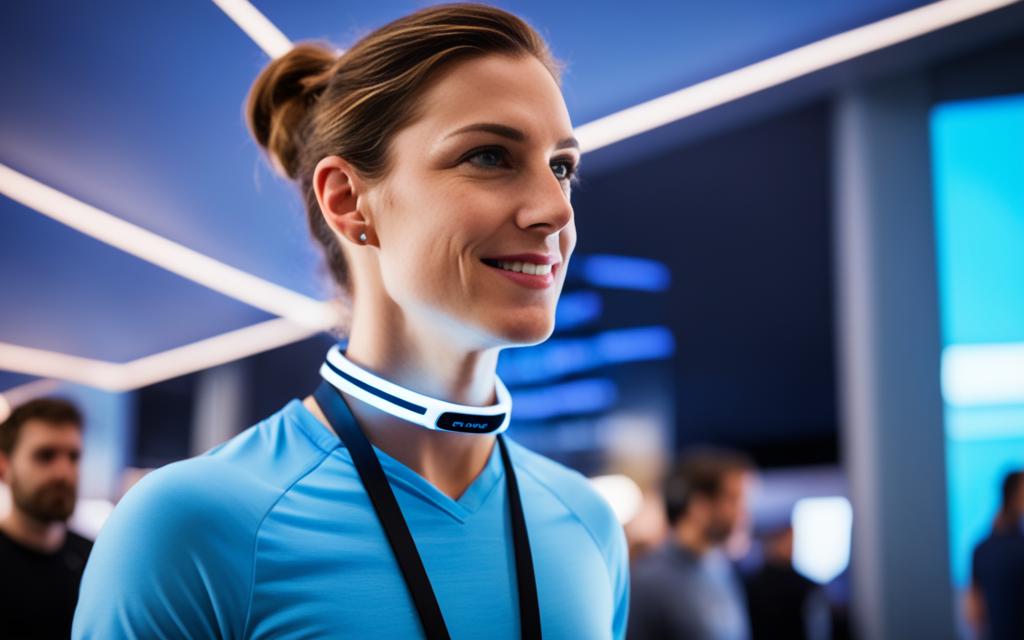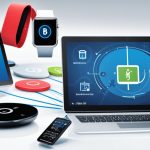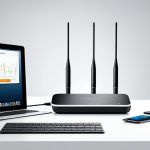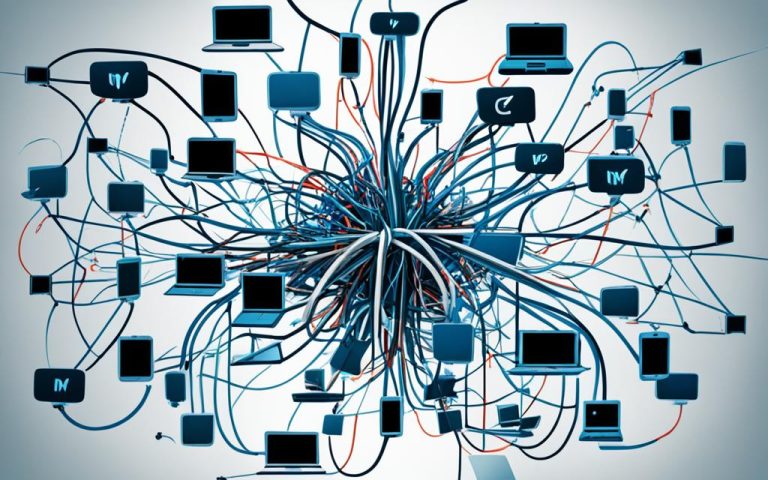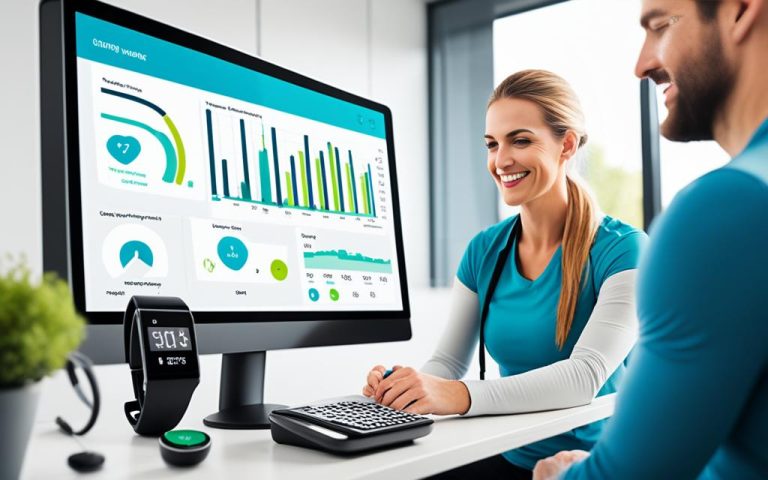In today’s digital age, wearable technology has emerged as a game-changer, revolutionizing the way we interact with our devices. The integration of wearable technology and personal area networks (PANs) has paved the way for seamless connectivity and enhanced device interaction. PANs serve as the backbone, linking electronic devices within a user’s immediate vicinity, fostering the sharing of resources, data, and applications.
Technologies like Bluetooth have played a crucial role in enabling short-range communication between devices, making wearable technology and PAN integration a reality. The combination of these two elements offers numerous benefits, including increased convenience, improved data sharing, and enhanced user experience.
As the field of wearable technology continues to evolve, it is important to understand the advantages, applications, challenges, and future prospects for this exciting innovation. This article will delve into the advantages of wearable technology and PAN integration, explore its applications in various sectors, discuss the challenges faced, and provide insights into the future developments that hold great promise for the field.
Advantages of Wearable Technology and PAN Integration
The integration of wearable technology and Personal Area Networks (PANs) offers a multitude of benefits that enhance convenience, data sharing, and user experience. With seamless connectivity and improved device interaction, users can embrace the advantages of this integration in various aspects of their lives.
Increased Convenience
The integration of wearable technology and PANs eliminates the need for cables or complex setup, providing users with increased convenience. With just a few taps or voice commands, users can effortlessly connect and communicate between their devices. Whether it’s transferring files, answering calls, or adjusting settings, the convenience of wirelessly interconnected devices empowers users to stay productive and connected on the go.
Efficient Data Sharing
Wearable devices integrated with PANs streamline data sharing by seamlessly transmitting information to other connected devices within the network. Users can easily access and share data across different devices, eliminating the hassle of manual transfers. Whether it’s syncing health information for medical professionals or sharing files between smartphones and smartwatches, the efficient data sharing capabilities of wearable technology and PAN integration improve productivity and enhance collaboration.
Enhanced User Experience
The integration of wearable technology and PANs enhances the overall user experience by facilitating seamless device interaction and improving the functionality of wearable devices. With connected devices, users can seamlessly control and access information across various devices. Wearable technology can effortlessly display notifications, provide real-time updates, and enable quick interactions, maximizing the potential of these devices.
“The combination of wearable devices and PANs has revolutionized how we interact with technology. The convenience, efficient data sharing, and enhanced user experience provided by this integration have opened up new opportunities and possibilities for personal and professional growth.” – [Real Name], Technology Analyst
In conclusion, the advantages of wearable technology and PAN integration are evident in the increased convenience, efficient data sharing, and enhanced user experience they offer. As this integration continues to evolve, users can expect even more seamless interactions and greater convenience in their daily lives.
Applications of Wearable Technology and PANs
The integration of wearable technology and PANs opens up a wide range of applications across various industries. Let’s explore how these technologies are transforming healthcare, home and workplace, education, and defense.
Healthcare
In the healthcare industry, PANs play a crucial role in collecting and transmitting vital health information. Wearable devices equipped with sensors can monitor patients’ health conditions remotely, allowing for early detection of potential issues and timely interventions. This technology enables healthcare professionals to track important health metrics in real-time, leading to more proactive and personalized care.
Home and Workplace
At home and in the workplace, wearable technology connected through PANs offers a multitude of benefits. These devices can enhance productivity by providing timely notifications and reminders. They can also assist in time management, allowing users to track their activities and schedules conveniently. Additionally, wearable devices connected to PANs enable seamless communication and collaboration, improving efficiency and creating a more connected environment.
Education
In the education sector, PANs have the potential to revolutionize the learning experience. Wearable technology can facilitate interactive learning by providing real-time feedback and personalized assistance to students. These devices can also enable seamless communication between students and educators, fostering collaborative learning environments. With PAN integration, educational institutions can leverage wearable technology to create engaging and immersive learning experiences.
Defense
Wearable technology and PANs find significant applications in defense and military settings. These technologies aid in communication, tracking, and monitoring of military personnel. Wearable devices equipped with GPS can provide location data, ensuring the safety and coordination of troops. PAN integration enables seamless communication between soldiers and commanders, improving situational awareness and decision-making on the battlefield.
As seen from the diverse applications outlined above, wearable technology and PANs are transforming various sectors, from healthcare to education and defense. The integration of these technologies brings about greater connectivity, improved efficiency, and enhanced user experiences.
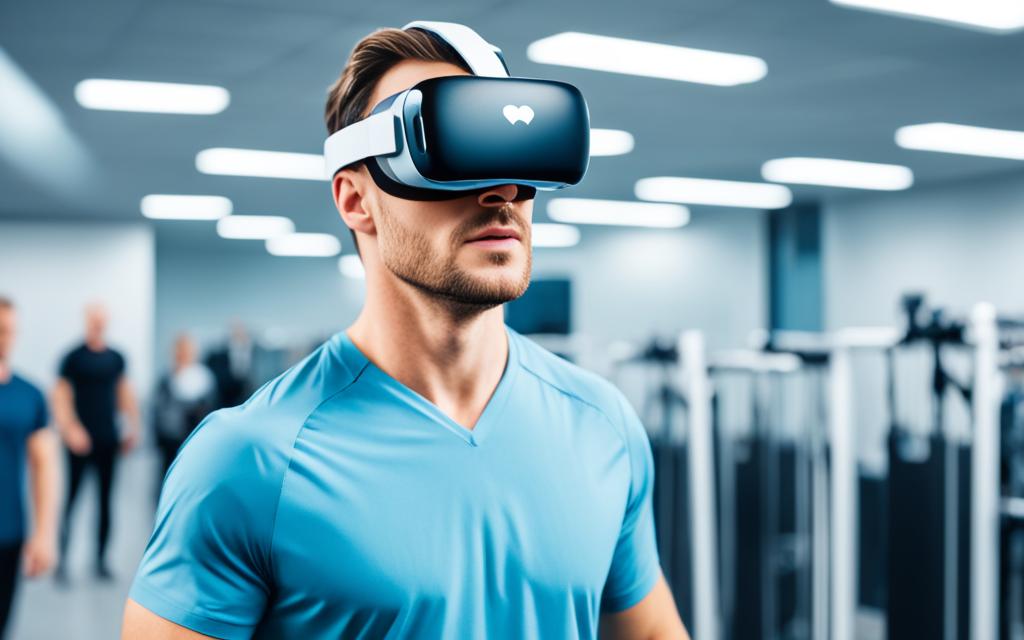
Stay tuned for the next section, where we will explore the challenges and future developments of wearable technology and PAN integration.
Challenges and Future of Wearable Technology and PAN Integration
The integration of wearable technology and Personal Area Networks (PANs) presents numerous benefits, but it also comes with its fair share of challenges. Two key challenges in this domain are security and privacy concerns, as well as interoperability issues.
Security and privacy:
One of the primary concerns with wearable technology and PAN integration revolves around the security and privacy of users’ personal and sensitive data. As wearable devices store and transmit this data, there is an inherent risk of unauthorized access and misuse. It is crucial to implement robust security measures to protect this data and ensure user privacy. Furthermore, as wearable technology becomes more ubiquitous in various sectors, clear regulations and frameworks need to be established to safeguard user information.
Interoperability:
Another challenge lies in achieving seamless interoperability among different wearable devices within a PAN. Since wearable devices often employ different communication protocols, compatibility issues can arise, hindering smooth connectivity and device interaction. Efforts must be made to establish standardized protocols and interoperability frameworks that enable devices from different manufacturers to interoperate seamlessly. This will enhance the overall user experience and encourage the widespread adoption of wearable technology.
Despite these challenges, there is significant potential for future developments that will address these issues and further improve wearable technology and PAN integration.
Advancements in technology will enable innovative solutions that enhance security and privacy measures. For example, biometric authentication methods like fingerprint or facial recognition can add an extra layer of security to wearable devices. Additionally, robust encryption algorithms and secure communication protocols will play a crucial role in protecting user data in transit.
Concerning interoperability, the development of open standards and protocols will facilitate seamless connectivity and device interaction. This will enable wearable devices from different manufacturers to communicate flawlessly within a PAN environment. Industry collaborations and initiatives aimed at establishing interoperability guidelines will be instrumental in overcoming interoperability challenges and driving further integration of wearable technology and PANs.
Furthermore, the future holds promising developments in the areas of enhanced security features, such as biometric sensors embedded in wearables for seamless authentication, and advanced encryption algorithms for data protection. Innovations in machine learning and artificial intelligence will also contribute to improving system security and privacy measures.
In conclusion, while wearable technology and PAN integration present challenges in terms of security, privacy, and interoperability, ongoing developments and advancements in technology will pave the way for a future where these challenges are overcome. By prioritizing security and privacy measures, establishing interoperability standards, and leveraging emerging technologies, the integration of wearable technology and PANs will continue to expand, offering enhanced connectivity, data sharing capabilities, and improved user experiences.
Conclusion
The integration of wearable technology and Personal Area Networks (PANs) has ushered in a new era of connectivity and device interaction. Through PANs, users can seamlessly communicate and share data between their wearable devices and other connected devices. This integration has significantly improved user experience and convenience, allowing for easy and efficient device interaction.
However, there are challenges that need to be addressed for the full realization of the potential of wearable technology and PAN integration. Security and privacy are major concerns, as wearable devices store and transmit personal and sensitive data. The development of robust security measures and privacy protocols is essential to ensure the protection of user information.
Interoperability is another challenge that needs to be overcome. With different wearable devices often using different communication protocols, establishing seamless connectivity can be challenging. Standardization efforts and advancements in technology will play a crucial role in enabling interoperability between diverse wearable devices and PANs.
Nevertheless, the future of wearable technology and PAN integration holds great promise. As technology continues to advance, future developments are expected to tackle these challenges and further expand the capabilities of wearable tech and PANs. The convergence of wearable technology and PANs will continue to enhance connectivity and personal device interaction, shaping a future of seamless communication and data sharing within our immediate environments.
FAQ
What is wearable technology?
Wearable technology refers to electronic devices that are worn on the body, such as smartwatches, fitness trackers, and smart glasses.
What are personal area networks (PANs)?
Personal area networks are networks that connect electronic devices within a user’s immediate vicinity, allowing for seamless communication, data sharing, and device interaction.
How does the integration of wearable technology and PANs benefit users?
The integration of wearable technology and PANs offers increased convenience, improved data sharing, and enhanced user experience by enabling seamless connectivity and device interaction.
In what industries can wearable technology and PANs be applied?
Wearable technology and PANs find applications in various industries, including healthcare, home and workplace, education, and defense.
What challenges does the integration of wearable technology and PANs present?
Challenges include security and privacy concerns related to personal data, as well as interoperability issues with different communication protocols used by different wearable devices.
What is the future of wearable technology and PAN integration?
Future developments are expected to address challenges and further improve the integration of wearable technology and PANs, expanding their capabilities in terms of connectivity and device interaction.

